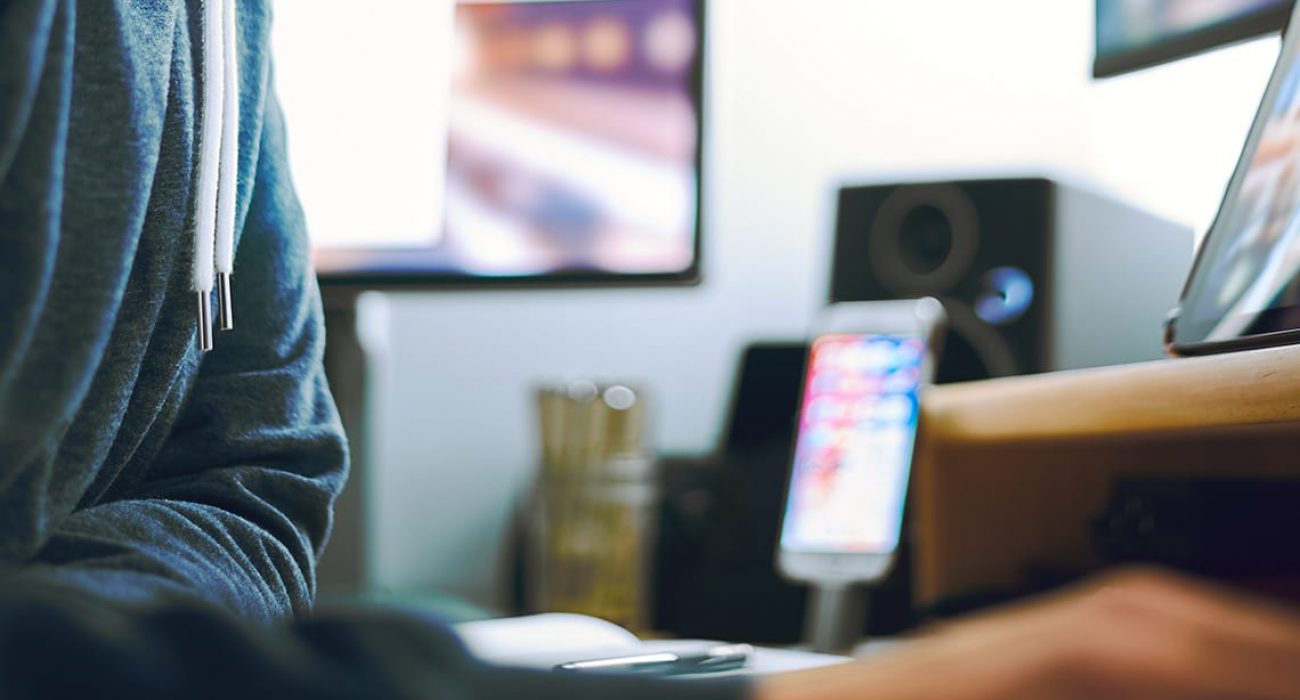According to a study conducted by Google, 90% of all media interactions are now screen-based. Whether consumers are using a smartphone, laptop, television or tablet, the bottom line is that they’re plugged in constantly and, as marketers, this creates an opportunity to get in front of your audience at multiple touchpoints along the consumer path to purchase. But it’s not just enough to know we can reach our audience via the screen. We need to know how consumers are using these screen devices and when.
Mobile Screen Usage
While consumers spend an average of 4.4 hours of leisure time daily in front of screens (Google), their actions vary greatly, especially when looking to make a purchase. In today’s digital world, consumers bounce back and forth from one device to another browsing, researching, reading reviews, etc. In some cases, they may interact with up to 10.4 touchpoints before actually making a purchase (Forrester), and 90% of people are using multiple screens sequentially, meaning that a search might originate on a laptop or desktop and then move to a mobile device and back again. Why is this behavior so important to acknowledge? It’s essential to consider all instances where a potential sale may occur, and if your prospective consumer is researching on their laptop for your product and is prepared to purchase, but then revisits your website from their mobile device and has a less than satisfactory experience, you could lose that business. To best prepare for the new consumer journey, let’s take a look at the different types of multiscreen activity.
Sequential Usage
An example of sequential device usage would be if a consumer conducts a search on their laptop, for instance, and perhaps is served a display advertisement. The consumer may then replicate their search on another device, say a tablet, and remember the brand from the display ad. Through further research they may visit the brands site on their mobile device or check for ratings and reviews before finally going back to their laptop to make the actual purchase. Basically, sequential usage is following a path from one device to another until finally making a purchase.
Google Study of Sequential Device
Simultaneous Usage
The second type of consumer behavior, which many of us are guilty of, is simultaneous usage. We may casually be browsing the Internet on our tablet while watching television, or perusing Pinterest while on our laptops conducting a search. Simultaneous device usage is happening all around us, and many times we don’t even know we’re doing it.
Complimentary Usage
Falling under simultaneous usage, but worth a mention, is complimentary usage. An example of complimentary would be when you’re conducting a search perhaps on your smartphone for the nearest family restaurant and then you’re using a tablet to look up reviews. This is not quite as common, but definitely occurs.
Regardless of the type of multiscreen usage taking place, as marketers, we have been presented with the opportunity to reach our customers at every step along the new consumer journey. How we choose to engage them, and whether or not we portray a consistent brand message will be the difference between successful brands and those that need to rethink their strategy.
How are you engaging with your consumers across multiple screens? Let us know in the comments.


